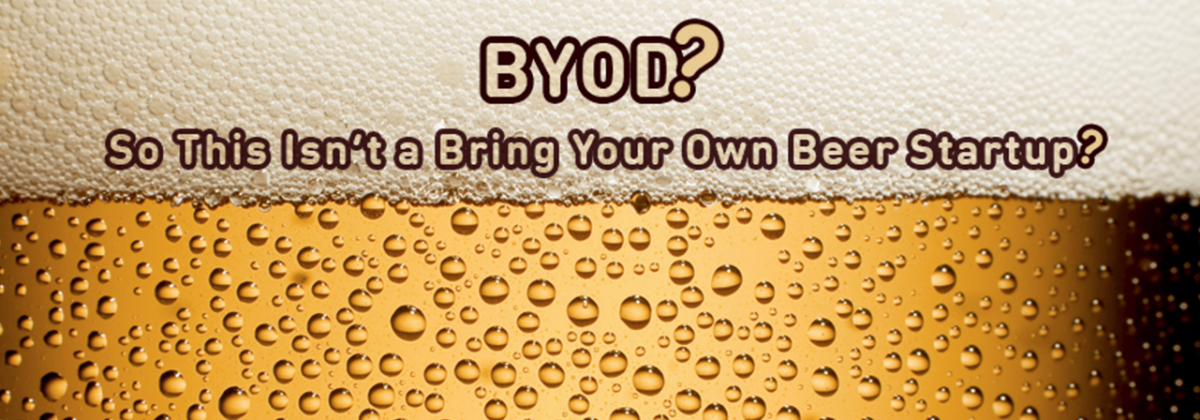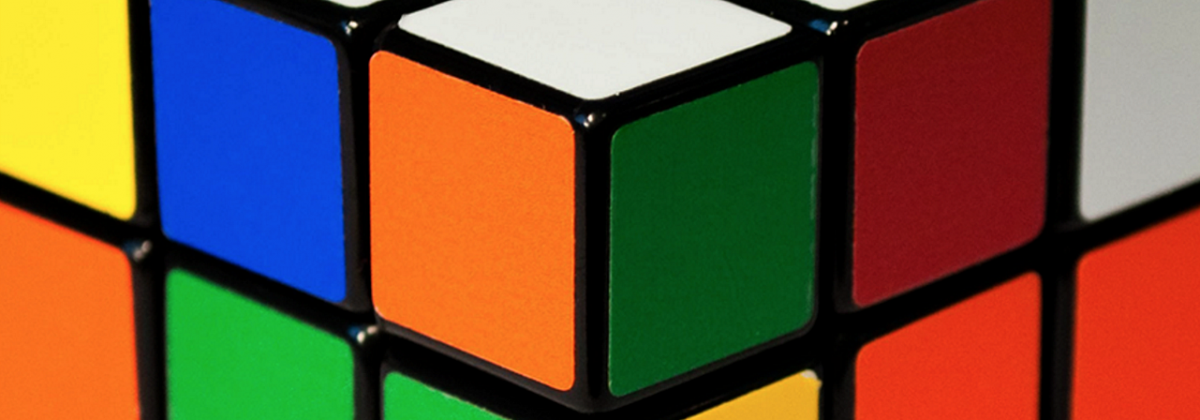The loudest rock concerts typically reach over 130 decibels. This is so dangerous to your ears that the Guinness Book of World Records, run by the legendary British brewery, removed this category a few years ago. Where is the category for loudest ringtone? In a closed public space – like a bus or train – an obnoxious ringtone will sound louder than a Led Zeppelin show.
Bring Your Own Ringtone
In the 1990s, we personalized our PCs with desktop themes and sounds for every click that our mouses made. Today, we’re able to personalize our mobile world, a world which begins when we leave our homes in the morning.
The Beatles’ Revolution is a great song, but the loud guitar riff makes it an awful ringtone. Good ringtones have a gradual build-up of sound.
How do you choose a ringtone? As a music collector, this was a big decision when I bought my first smartphone. The audiophile in me insisted on a wav file. At home, I prefer to listen to 24 bit sound, as opposed to CDs, which are 16 bit. MP3 wasn’t an option, though I doubt my Galaxy S1 Mini knows the difference. A 128k MP3 is probably more than enough. Most of the time, we answer incoming calls within 3 and 20 seconds. Unless you want to use a sound editor, you’re looking for a 30 second song intro.
What songs make inherently poor ringtones? The opening to The Beatles’ Revolution is a good example of an awesome song that you should never use as a ringtone. It is probably The Beatles’ most powerful guitar riff ever. Do you want to hear it 5-10 times a day? I’d rather hear Star Trek’s William Shatner’s version of Lucy in the Sky with Diamonds. The same goes for Boston’s More Than a Feeling, one of the most recognizable power chords in rock. Even after I’ve had my morning espresso, I don’t want that riff ringing in my ears.
The best ringtones are gradual build-ups of sound. As a Bossa Nova fan, I considered using The Girl From Ipanema, Corcovado and Jobim’s instrumental Wave (a great song to wake up to!). I ended up going with The Who’s Eminence Front. It starts with mellow drums, continues with a synthesizer and ends up with a guitar riff if I don’t answer on time.
When I ride the train to Nubo’s offices in Airport City, Israel, I am often exposed to the loudest ringtones. The people with the most obnoxious ringtones are the same people who hide their smartphones in the hardest to reach places in their backpacks and purses. Of course everyone has the right to choose their sounds; I don’t want the “thought police” to decide how we personalize our phones. But I do think we should consider moving to pleasant ringtone sounds.
I hope the editors at the Guinness Book of World Records will consider adding a category for loudest, worst and quietest ringtone songs. What are your most and least favorite ringtones?
Our friends at SysAid made this hilarious dance clip last month. If you like the song, you can click to download the ringtone version here! The song is by LookAndListen.













 The latter was the clincher, given my rich experience in linux bring-ups. When I first heard Android runs a Linux kernel, it immediately occurred to me that if a platform runs Linux, I can make it run Android. The equation is simple: Nowadays, (almost) everything can run Linux, so (almost) everything can run Android. Bringing up Android on a server was the easier part. Dealing with Android’s display infrastructure was the hard part as it is different than any other flavor of Linux that I’ve ever come across. It is based on Frame Buffers, which makes it a candidate for VNC like solutions, but they are too slow and inappropriate for today’s highly dynamic mobile applications. In addition, it shares nothing with X11, Microsoft’s Windows display protocol, or anything like it, so my team had to invent a Remote Display Protocol for a widely unfamiliar system!
The latter was the clincher, given my rich experience in linux bring-ups. When I first heard Android runs a Linux kernel, it immediately occurred to me that if a platform runs Linux, I can make it run Android. The equation is simple: Nowadays, (almost) everything can run Linux, so (almost) everything can run Android. Bringing up Android on a server was the easier part. Dealing with Android’s display infrastructure was the hard part as it is different than any other flavor of Linux that I’ve ever come across. It is based on Frame Buffers, which makes it a candidate for VNC like solutions, but they are too slow and inappropriate for today’s highly dynamic mobile applications. In addition, it shares nothing with X11, Microsoft’s Windows display protocol, or anything like it, so my team had to invent a Remote Display Protocol for a widely unfamiliar system!